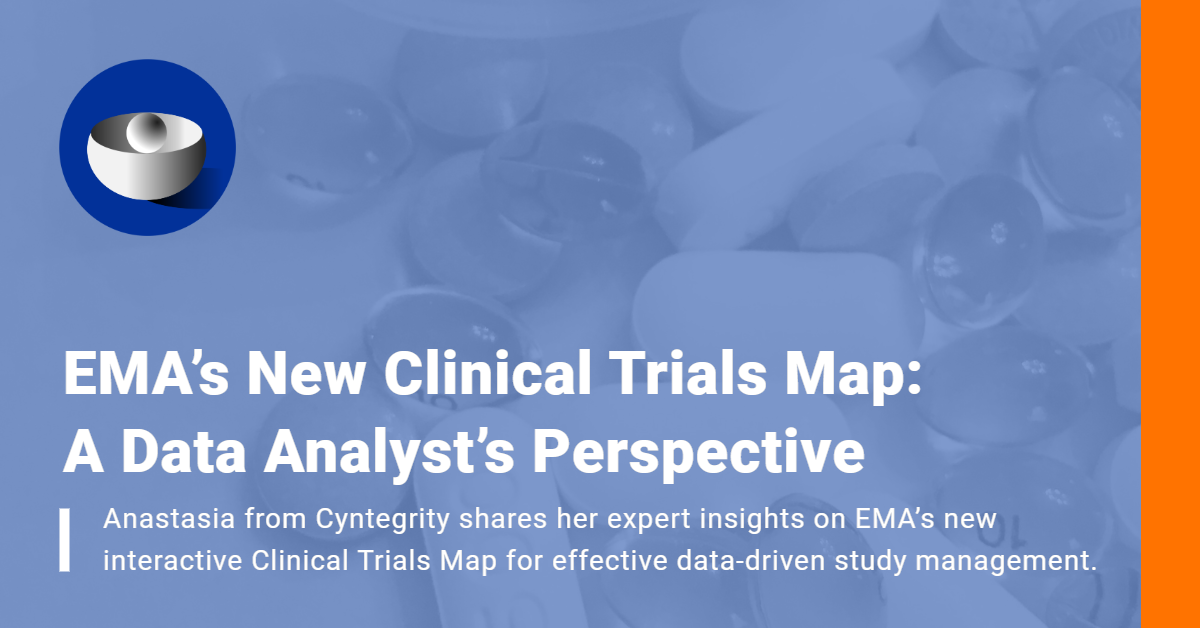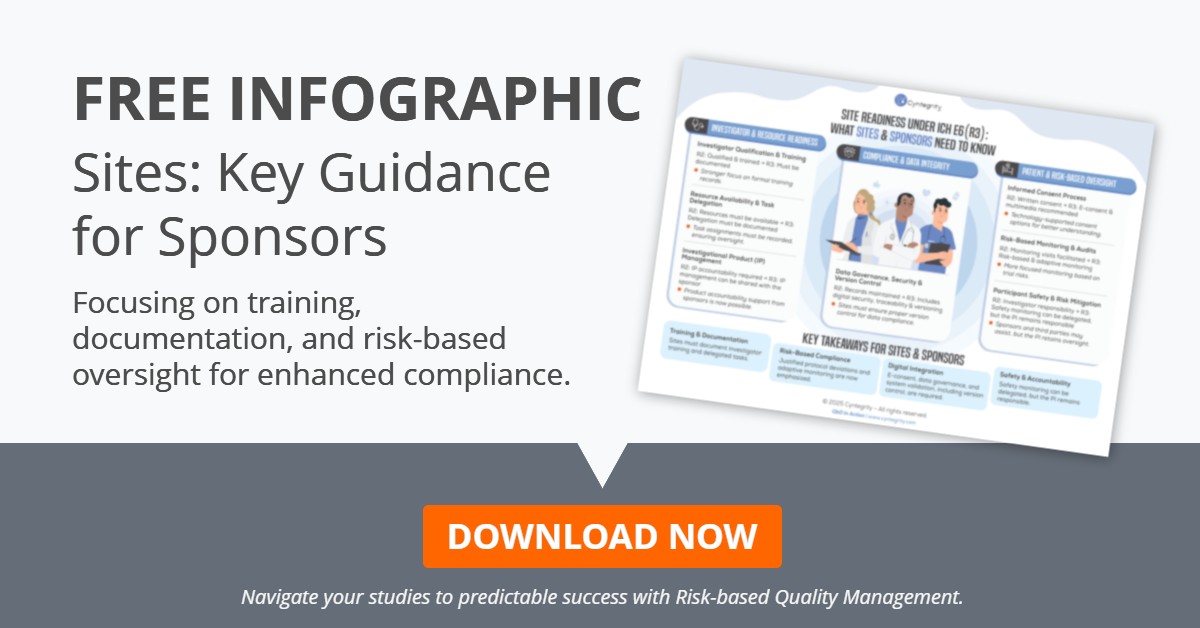Four stages of RBM Evolution in a Pharma Company
Intelligent software systems are facilitating the data accumulation in clinical trials already. The 75% of clinical trials are conducted with the Electronic Data Capture (EDC) [1]. The next step is to unfreeze the knowledge of the data accumulated and direct it into the actions of a team.
Linda Sullivan the CEO of Metrics Champion Consortium, writes: “electronic solutions are facilitating the flow of data and performance metrics into analytic reporting tools that help answer important questions about trial risk, study progression, and vendor and site performance.” [2]
Still, for each challenge – there is a need for a specialized tool.
“We do not need an XRAY to detect that somebody is in a room.“
It is essential to understand what advantages each approach has, in order to be able to select the right one.
What is clear, after the GCP addendum, is that RBM is the a necessity in clinical trials. The main question is what elements of the RBM approach should be used in what trial and in what situation?
There are four main stages of RBM evolution, which each pharma company goes through:

Let us summarize in a table the pros and cons of each of this stage:
| Advantages | Disadvantages | Risks & Hazards | |
| On-site monitoring | – A CRA can detect issues that are not reflected in data (e.g. Medication storage problems)
– a CRA has the chance to communicate in person with the site’s staff – it is “a safe harbor” against any audit or inspection findings regarding an unidentified random error |
– Very costly
– Low efficiency in detecting certain risks like fraud or sloppiness |
– Many risks and mistakes are not recognizable with the naked eye. Nowadays, there is so much data captured in a trial, and mistakes are not obvious. e.g., it is very difficult to recognize misconduct of sites or underreporting of Adverse Events
– It is nearly impossible to recognize the trends and forecast how the trial will be developing in the future, taking into consideration the complexity of the process |
| Centralized monitoring with MS Office Tools | – Provides a good overview implementing simple metrics to control, e.g., enrollment rate, lost to follow up issues, site initiations, etc. | – Often not validated
– Version control and version migration is not documented – No Audit Trail – No issue tracking – No collaboration options |
-A non-validated a spreadsheet may contain errors in formulas or a user can easily add an error without noticing it. All of this can result in a numerous audit- findings |
| RBM integrated into EDC solution | – Already has the basic tools of risk assessment and risk control
-Validated environment with audit trail (assuming that EDC is CFR 21 part 11 compliant) |
– Limited to the data in EDC
– If the data are uploaded with a delay, as, e.g., it happens with Lab data and Medidata Rave, there is a risk of the late recognition of various defects |
– There is a danger the oversee certain risks, what are detectable in other recording systems, like CTMS, LIMS, PV |
| Centralized monitoring with specialized holistic RBM tool | – Includes all data sources (EDC, CTMS, PV, LIMS, etc.), builds up complex KRIs, predictive analytics, the whole circle of risk management is involved.
– Provides a project management environment based on objective data with KRIs, performance and quality metrics – Contains an audit trail, in order to trace the changes – Contains advanced reporting with trend analysis and predictive analytics – Validated software – Empowers a project team with efficient risk management mechanism based on objective metrics |
– Additional investment of time and money in the beginning of a trial
– The educational effort that requires a monitoring and project management team |
– The clinical team can experience resistance of using a new tool before they understand the benefits and explore how to make use of it |
The more pharma develops in the understanding of the risk management the more company moves from one evolutionary stage to the next.
In most of the cases, pharma companies start implementing a mixture of monitoring practices: centralized, triggered, targeted. If a centralized monitoring detects a problem in an ongoing trial, a sponsor can initiate a planned or additional on-site or off-site visit based on predefined triggers to keep a close watch on the detected problems.
“If a site was contracted to enroll 10 patients, but after three months, it has not enrolled a single patient, whereas other sites are on track, something is clearly wrong. Did the site lack the correct study population? Was the site unprepared to perform the protocol?“[2]. In such a situation, we may need a triggered monitoring approach.
Successful RBM in a clinical trial relies largely on a correctly chosen monitoring mixture and understanding on what RBM evolution stage the pharma company or CRO is. Improper implementation could affect subject safety and data quality. It is essential to understand all the pros and cons of the existing stages and be ready to move further depending on the requirements of a trial.
References
[1] Medidata, “Capturing the Value of EDC.” [Online]. Available: https://www.mdsol.com/sites/default/files/RAVE_Capturing-Value-EDC_20131130_Medidata_White-Paper.pdf. [Accessed: 31-Mar-2017].
[2] Sullivan, L.B., n.d. Standardized Metrics for Better Risk Management: The Right Data at the Right Time [WWW Document]. URL http://www.appliedclinicaltrialsonline.com/standardized-metrics-better-risk-management-right-data-right-time [Accessed: 30-Mar-2017].






